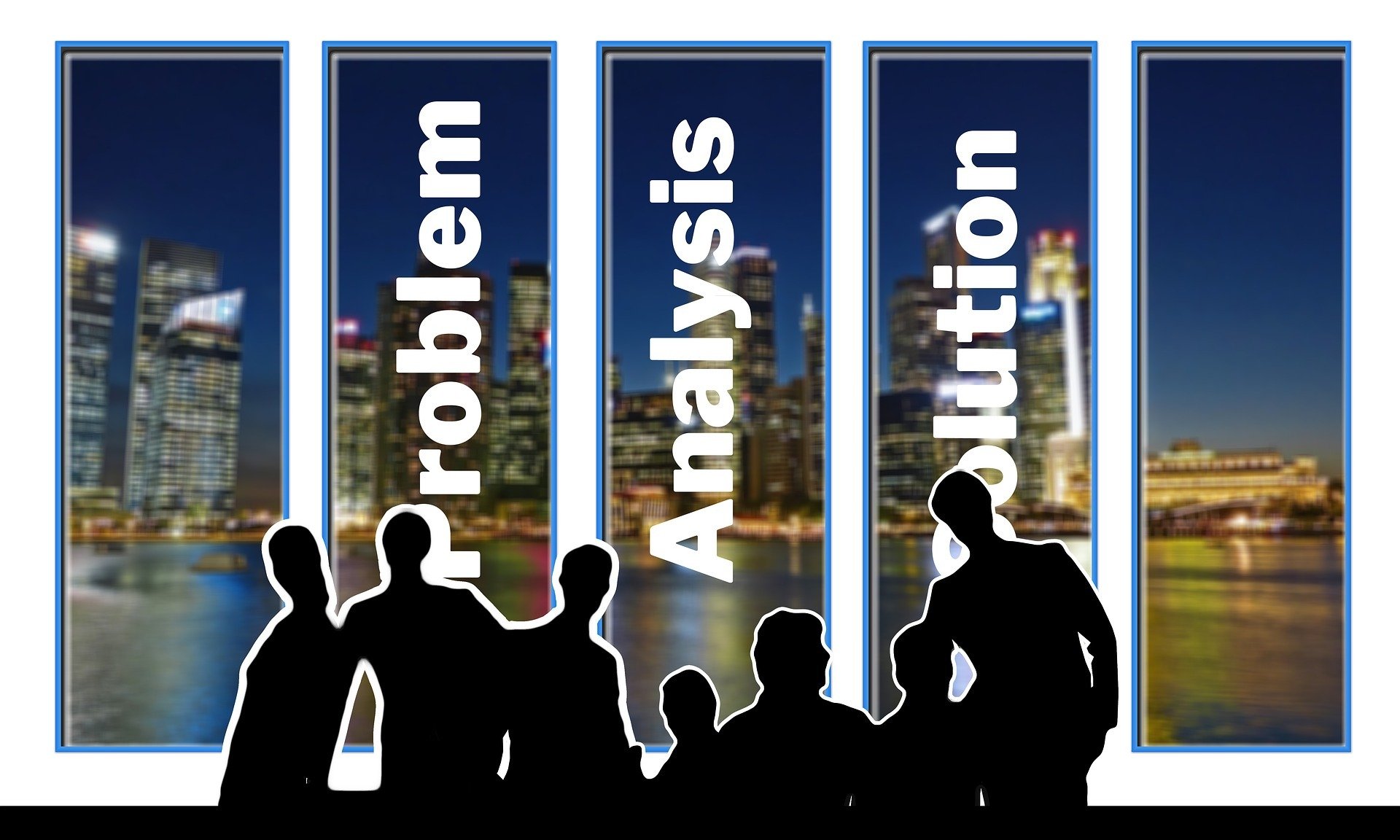A look at two ways of managing stress.

Jason Brien.
Stress results from the subjective perception of stressors and can be activated by many factors. To clarify, stressors can be events, places, things or people and all stressors have the POTENTIAL to cause stress if they are PERCEIVED as stressful. For example, forgetting your keys at home can be a potential stressor. Potential is the key word. If you knew that someone was going to arrive home before you then forgetting your keys may not be a problem therefore you won’t perceive the stressor as stressful. If, however, you lived alone then leaving your keys at home (the stressor) is likely to be perceived as stressful.
There are two different types of STRESSORS. First there are processive stressors – these are stressors that you have to cognitively evaluate. Processive stressors are viewed in one of two ways; Psychogenic (“they are looking at me. They must think I have no idea what I am doing.”) and Neurogenic (“There is a lion, can it somehow get in here”)? The second type of stressors are systemic stressors (immune activation, challenges to the body such as getting the flu or another physical illness). Stressors (when they are perceived as stressful) cause physiological changes in the body such as rapid heart rate, sweaty palms, etc.
Some models of stress view stress as the result of transactions between people and their environments (from which stressors arise). That is, a stressor in the environment interacts with a person who appraises/perceives the event as stressful, experiences stress (physiological changes in the body) and responds with a coping activity which may or may not change the environmental stressor and its impact upon the person. Two such ways of managing transactional stress are emotion-focused coping and problem-solving coping.
Let me give you an example. Imagine that you have a sliding screen door which, as you are opening it, comes off its rails slightly causing it to jam. Now you can’t fully open nor fully close the sliding door. It is stuck half open. The stuck sliding door has now become a stressor. You perceive this stressor as stressful and you start to experience stress. Your heart starts racing, your hands are sweaty and you begin to feel intense anger. You grab the screen door and wrestle with it angrily until it comes completely off the rails.
Here it is pretty obvious that the stressor, and your response to the stressor, got the best of you. The coping activity that you employed in this example changed the environmental stressor in a way. It wasn’t the ideal way but the sliding door is no longer stuck halfway open. It may be halfway across your garden after you threw it in a fit of rage but it is not stuck halfway open. The point is, there were better ways that you could have dealt with the sliding screen door once it got stuck and once you had perceived it as a stressful event. The sliding screen door example illustrates both unhealthy and maladaptive EMOTION-focused coping and unhealthy and maladaptive PROBLEM-focused coping. Let me explain more.
Emotion-focused coping is a type of stress management that attempts to reduce negative emotional responses associated with stress. Negative emotions such as embarrassment, fear, anxiety, depression, excitement, anger or frustration are reduced or removed by the individual by various methods of coping. So, for the sliding door example, if you wanted to achieve a better outcome then as soon as the door came off its rails and got stuck, you would have looked at managing your physiological changes and looked at lowering your anger and other negative emotions by performing deep breathing exercises or walking away and coming back an hour later for example.
Problem-focused coping on the other hand targets the causes of stress in practical ways which will result in reduced stress. Problem focused strategies aim to remove or reduce the cause of the stressor. Again, in the sliding door example, rather than breaking the door off and throwing it in the garden (whilst successful in the sense that the door is no longer stuck), having healthy problem-focused coping skills would have allowed you to problem solve. You could have called someone to come and fix the door or you could have taken some time to get the right tools to fix the door yourself.
Generally speaking, problem-focused coping is better than emotion-focused coping as it removes the cause of the stress. Even if you employed emotion-focused coping in the door example and you took ten deep breathes and walked away for an hour, when you eventually came back, the stressor was still there. The door was still stuck so your emotion-focused coping didn’t really do much in the grand scheme of things (for this example at least). However, although you ripped the sliding door off and threw it into the garden, which was a practical but maladaptive solution, you did in a sense remove the stressor. Sure, it may become a stressor again when you have to explain why the door is not where it should be but for now the stressor has been removed.
Emotion-focused coping is better for those situations which are beyond our control. For those irritating people that you are stuck at work with. For the families that you cannot escape. In these situations, it is necessary to manage our negative emotions and thoughts in order to reduce our stress. That’s not to say though that we cannot use problem-focused coping in these situations. Both assertiveness and personal boundaries are a form of problem-focused coping. Not everyone understands and respects assertiveness and personal boundaries though and at those times you must protect your sanity at all costs.
Resources.
https://www.ncbi.nlm.nih.gov/pmc/articles/PMC5579396/
https://globalizationandhealth.biomedcentral.com/articles/10.1186/s12992-020-00589-w
https://www.frontiersin.org/articles/10.3389/fpsyg.2021.584333/full#:~:text=The%20model%20emphasizes%20the%20person,overcome%20stress%20(secondary%20appraisal).
https://www.ncbi.nlm.nih.gov/pmc/articles/PMC5549139/
https://hqlo.biomedcentral.com/articles/10.1186/1477-7525-6-79